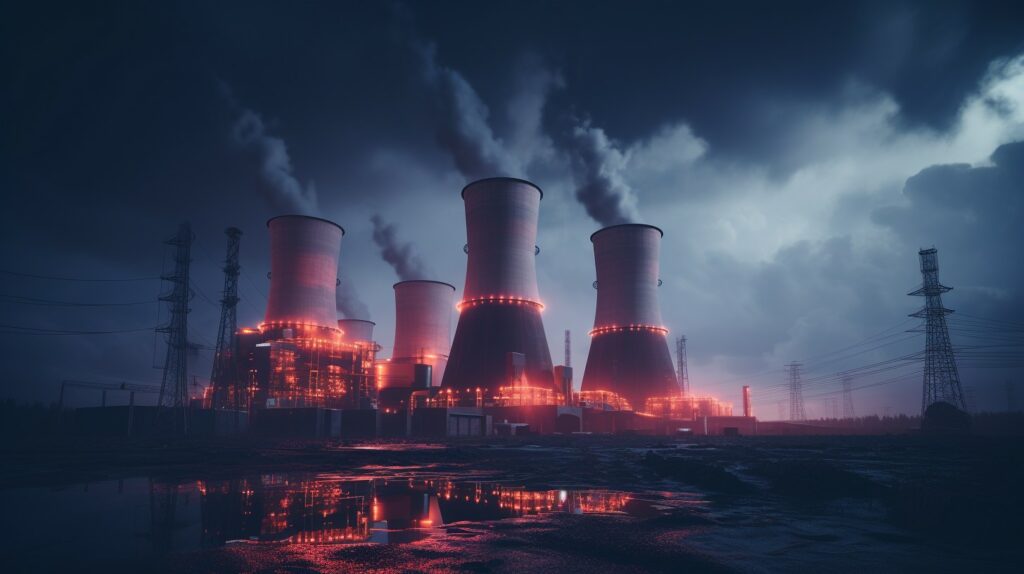
The global data center industry is preparing for a sharp increase in computing platforms for AI demands. According to Goldman Sachs, installed data center capacity will grow by approximately 50% by 2027, and electricity consumption will double by 2030. At the same time, analysts explicitly state that they are closely monitoring signs of overheating: mass adoption of AI could fall short of current expectations if monetization fails or if cheaper innovations emerge that make the models a commodity.
Currently, global data center capacity is approximately 62 GW. Cloud workloads account for 58%, traditional enterprise workloads 29%, and artificial intelligence 13%. By comparison, at the beginning of 2023, the generative and learning segment was almost invisible. The forecast for 2027 shows a different picture: artificial intelligence will occupy approximately 28% of total capacity, cloud 50%, and traditional workloads 21%. This isn’t a sign of the decline of traditional segments, but rather the faster growth of artificial intelligence within the overall growth pie.
The surge in investment is confirmed by third-party estimates. According to Omdia, capital investment in data centers is comparable to that of mid-sized economies. Amazon alone spends over $100 billion annually, a figure comparable to the GDP of Costa Rica. Counterpoint Research predicts that semiconductor industry revenue could double from 2024 to over $1 trillion by 2030, primarily thanks to the purchase of advanced server infrastructure for AI applications. The strongest impetus comes from hyperscalers, both in the coming years and over a longer time horizon. Another driving factor is the so-called token economy:generating huge volumes of tokens in agent-based AI scenarios requires a multiple increase in hardware.
The change in scale is clearly visible in the configurations. While two years ago, flagship servers were equipped with eight GPU accelerators, by 2027, the most popular racks will house up to 576 graphics processors in a cabinet-sized case. Such a module will require approximately 600 kW, enough to power approximately 500 US households. These clusters impose stringent power and cooling requirements and also change spatial planning: it is no longer sufficient to simply purchase additional racks; A profound reconfiguration of energy and engineering systems is required.
The energy consequences of downsizing are predictable but tangible. By 2030, total data center consumption, according to Goldman Sachs, will grow by 165% globally: the sector’s share of global electricity consumption will rise from 1-2% in 2023 to 3-4% by the end of the decade.The additional load is expected to be met through a mixed approach. Renewable sources are expected to cover around 40% of the increase, a limited expansion of nuclear generation will be specifically targeted at AI loads, and the remaining 60% will be supplied by gas stations. According to estimates, these will add 215-220 million tons of greenhouse gas emissions by 2030, or approximately 0.6% more to global energy emissions.
The bank emphasizes that, despite the solidity of the investment cycle, risks remain. Among the main ones are failed attempts to recapture artificial intelligence services, technological innovations that radically reduce training and inference costs, and, consequently, the commoditization of models, which can reduce the premiums for high-performing clusters. In this scenario, growth in capacity and energy consumption will also slow.
For now, the balance is in favor of acceleration: the share of AI in data centers is growing from zero to a significant market share within a few years, hyperscalers are reserving entire power units for future applications, and chipmakers are planning for a trillion-dollar revenue. The price to pay for this rush is the restructuring of the planet’s energy infrastructure and the need to rapidly introduce new megawatts without losing sight of the carbon footprint. This, according to analysts, is where the dividing line between the players’ strategies will be drawn: whoever manages to combine speed of implementation, processing costs, and a sustainable energy mix will set the tone for the market for the next decade.
Follow us on Google News to receive daily updates on cybersecurity. Contact us if you would like to report news, insights or content for publication.
